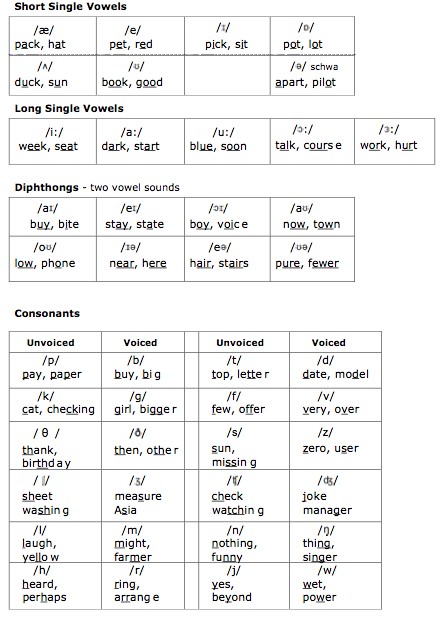Syllable Division - Common Understanding.
Syllable Word: A one syllable word is never divided. It has one or more letters but one vowel sound, and is produced by a single voice impulse.
VCV: When a single consonant comes between two vowels in a word, the word is usually divided before the consonant and the first vowel is long.
VCV: When a single consonant comes between two vowels in a word, the word is usually divided after the consonant and the first vowel is short.
Division Process: Cross off silent e (if there is one at the end). Mark the vowels V. Mark the consonants between the vowels C. Determine correct syllable pattern. Divide. Identify syllable types/vowel condition. Pronounce each syllable and blend the word. Have you divided correctly? Are there other possibilities? If yes, start over.
Prefix/Suffix: When a word has a prefix and/or suffix, the word is divided between the affix and the root.
Simple Ten Syllable Rules:
The top ten syllable rules will help students improve reading, pronunciation, and spelling accuracy. Applying these syllabication rules will also help readers identify prefixes, roots and affixes, which improves word identification.
VCV: When a single consonant comes between two vowels in a word, the word is usually divided before the consonant and the first vowel is long.
VCV: When a single consonant comes between two vowels in a word, the word is usually divided after the consonant and the first vowel is short.
Division Process: Cross off silent e (if there is one at the end). Mark the vowels V. Mark the consonants between the vowels C. Determine correct syllable pattern. Divide. Identify syllable types/vowel condition. Pronounce each syllable and blend the word. Have you divided correctly? Are there other possibilities? If yes, start over.
Prefix/Suffix: When a word has a prefix and/or suffix, the word is divided between the affix and the root.
Simple Ten Syllable Rules:
The top ten syllable rules will help students improve reading, pronunciation, and spelling accuracy. Applying these syllabication rules will also help readers identify prefixes, roots and affixes, which improves word identification.






